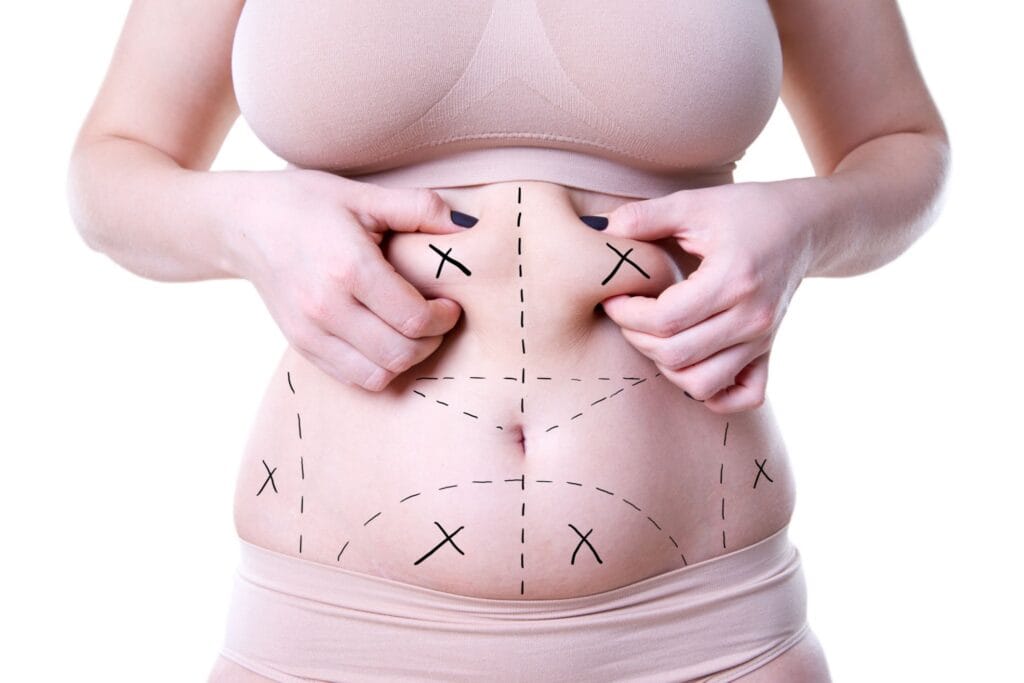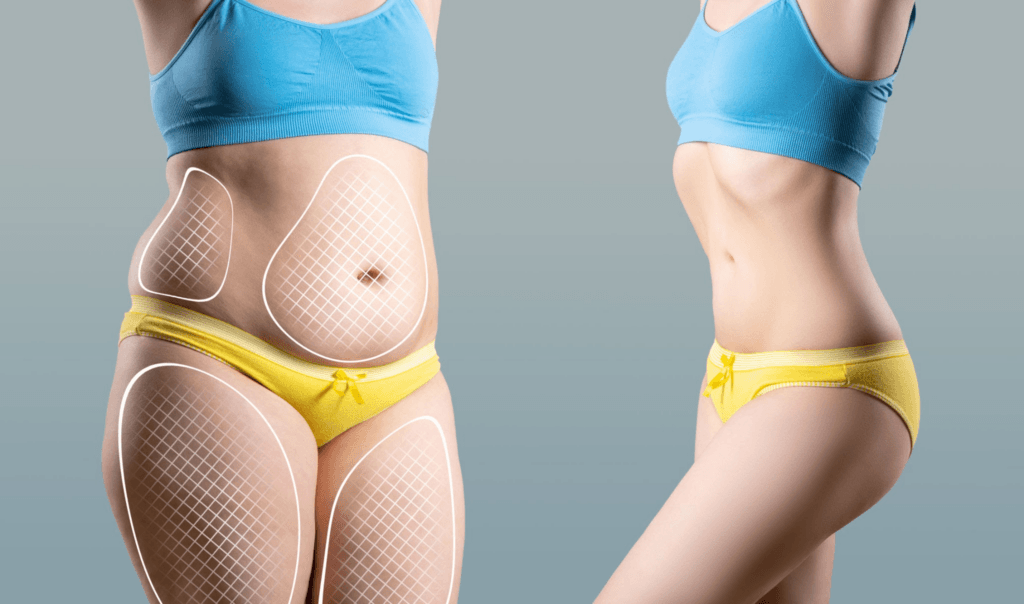Excess fat accumulation in the thighs is a common concern for many individuals, affecting both men and women. While diet and exercise can help reduce overall body fat, stubborn pockets of fat in the inner and outer thighs often resist these efforts. Liposuction offers a surgical solution to contour the thighs and achieve a more sculpted appearance. This article explores liposuction of the thighs, focusing on fat distribution, surgical techniques, recovery, and maintaining long-term results.
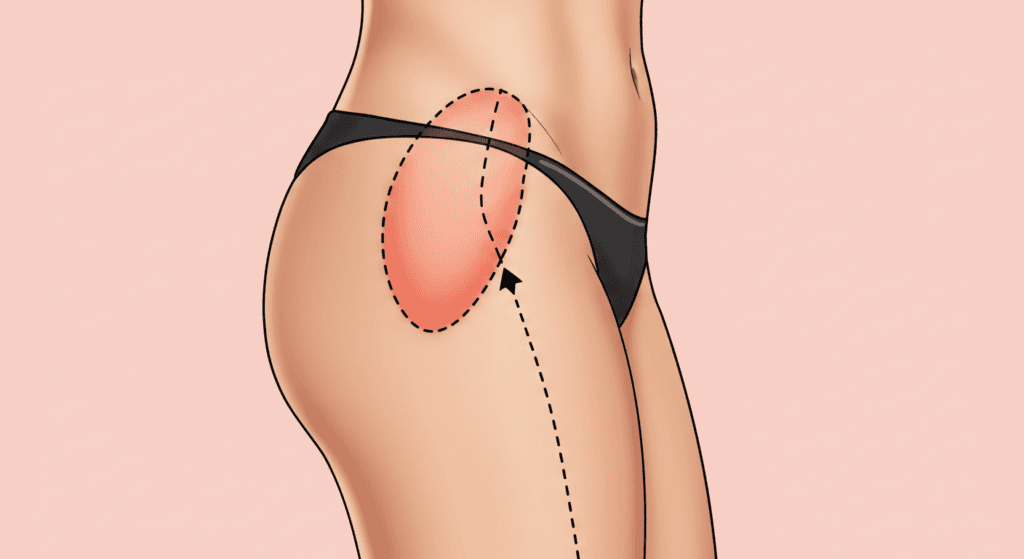
Table of Contents
Understanding Thigh Fat Distribution
Fat distribution in the thighs varies significantly between individuals, influenced by genetics, hormonal factors, and lifestyle. Understanding this variation is crucial for tailoring a liposuction plan. Inner thigh fat is often more difficult to address due to the proximity of sensitive structures like nerves and blood vessels. Outer thigh fat, while potentially easier to remove, may require a more nuanced approach depending on the overall thigh shape and the patient’s goals.
The amount of fat to be removed is determined during a consultation with a qualified plastic surgeon. This assessment involves a thorough examination of the thighs, considering the patient’s body mass index (BMI), overall health, and desired aesthetic outcome. Realistic expectations are essential; liposuction is not a weight-loss solution but a body contouring procedure. Photographs and measurements are often taken to document the pre-operative state and track progress.
Beyond the simple distinction between inner and outer thigh fat, surgeons also consider the overall distribution pattern. Some individuals may have localized fat deposits, while others may have more diffuse fat accumulation across the entire thigh region. This influences the choice of liposuction technique and the number of cannula insertion points required for optimal results.
Finally, it’s important to note that skin elasticity plays a significant role in the final outcome. Patients with good skin elasticity tend to achieve better results, as the skin retracts more effectively after fat removal. Patients with poor skin elasticity may benefit from a combination of liposuction and skin tightening procedures for optimal results.
Liposuction Techniques for the Thighs
Several liposuction techniques can be used to address thigh fat, each with its own advantages and disadvantages. Traditional liposuction involves using a cannula (a thin, hollow tube) to manually break up and suction out fat cells. This technique is effective but can be more traumatic to the surrounding tissues.
Ultrasound-assisted liposuction (UAL) uses ultrasound energy to break up fat cells before suctioning, potentially reducing trauma and improving fat removal. This technique can be particularly beneficial in areas with fibrous tissue, such as the inner thighs. Laser-assisted liposuction (LAL) uses laser energy to liquefy fat cells and stimulate collagen production, potentially leading to improved skin tightening.
The choice of technique depends on several factors, including the amount and location of fat, the patient’s skin elasticity, and the surgeon’s expertise. A skilled surgeon will select the most appropriate technique to achieve the desired results while minimizing risks and complications. The surgeon will also discuss the potential for combining techniques to optimize the outcome.
In some cases, a combination of techniques may be used to achieve optimal results. For example, a surgeon might use ultrasound-assisted liposuction for the inner thighs and traditional liposuction for the outer thighs, tailoring the approach to the specific needs of each area. The goal is always to create a natural-looking, aesthetically pleasing result that enhances the patient’s overall body contour.
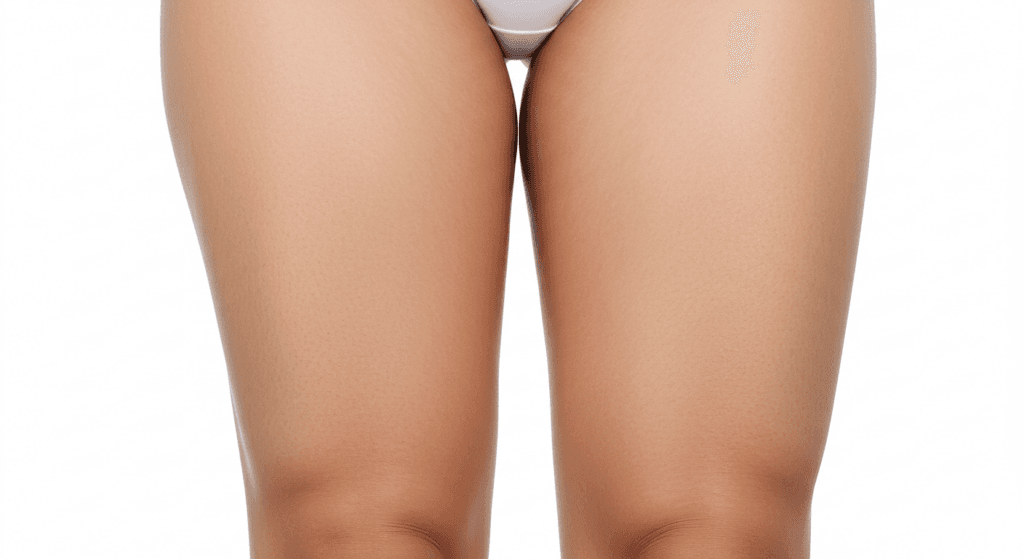
Recovery and Post-Operative Care
Following thigh liposuction, patients can expect some discomfort, swelling, and bruising. Pain management is typically achieved with prescription pain medication. Compression garments are essential to minimize swelling and support the skin during the healing process. These garments should be worn continuously for several weeks, as directed by the surgeon.
The initial recovery period typically involves rest and limited activity. Patients should avoid strenuous exercise and activities that could put stress on the thighs for several weeks. Gradual return to normal activity is usually recommended, starting with light walking and progressively increasing intensity as tolerated.
Swelling and bruising typically subside within several weeks, but complete healing can take several months. Regular follow-up appointments with the surgeon are crucial to monitor progress and address any concerns. The surgeon will provide specific instructions regarding activity levels, wound care, and potential complications.
It’s important to maintain a healthy lifestyle during recovery to support the healing process. A balanced diet and regular, gentle exercise (as advised by the surgeon) can help promote healing and minimize complications. Patients should also avoid smoking and excessive alcohol consumption, as these can hinder the healing process.
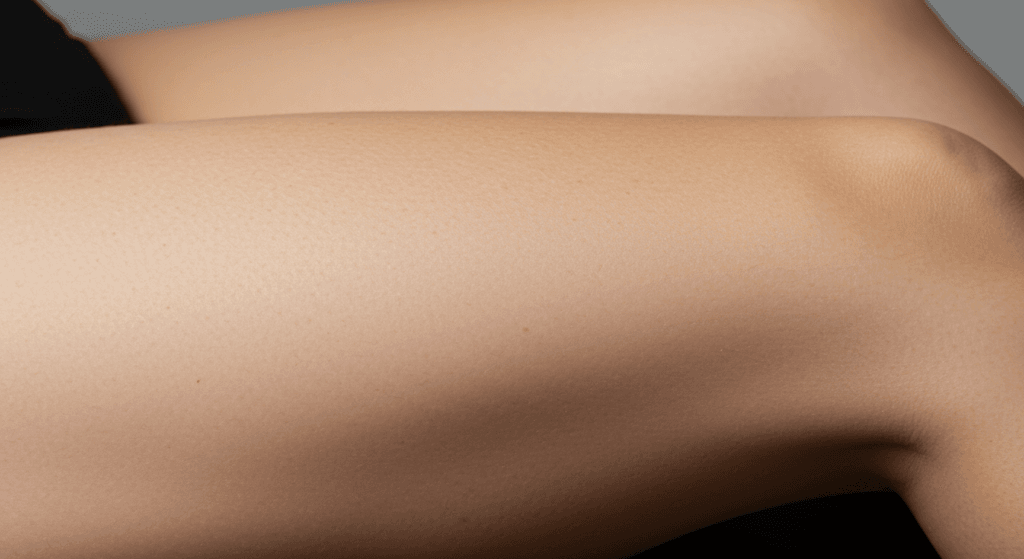
Achieving Long-Term Results
While liposuction permanently removes fat cells from the treated area, maintaining long-term results requires a commitment to a healthy lifestyle. Weight fluctuations can affect the overall body contour, even in areas where liposuction has been performed. Significant weight gain can lead to fat accumulation in other areas, potentially altering the overall aesthetic outcome.
Maintaining a stable weight through a balanced diet and regular exercise is crucial for preserving the results of thigh liposuction. A healthy lifestyle not only helps maintain the sculpted appearance but also contributes to overall health and well-being. Regular physical activity also helps to improve skin tone and elasticity, further enhancing the long-term results.
Following a healthy diet and regular exercise is not only important for maintaining the results of liposuction but also for overall health. It’s crucial to adopt these healthy habits as a long-term commitment rather than a temporary measure. This approach will contribute to a more sustainable and satisfying outcome.
Regular follow-up appointments with the surgeon are recommended to monitor progress and address any concerns. Open communication with the surgeon is essential to ensure that any questions or issues are addressed promptly. By adhering to post-operative instructions and maintaining a healthy lifestyle, patients can significantly improve their chances of achieving and maintaining long-term results from thigh liposuction.
Liposuction of the thighs can be an effective way to address stubborn fat deposits and achieve a more sculpted appearance. However, it’s crucial to choose a qualified and experienced plastic surgeon, understand the procedure’s limitations, and commit to a healthy lifestyle to maintain long-term results. Open communication with your surgeon throughout the process is essential for achieving the best possible outcome.
Transform Your Confidence with Surgyteam!
Join the thousands of satisfied patients who have experienced the exceptional care and expertise of Surgyteam’s renowned plastic surgeons. Whether you’re seeking aesthetic enhancements or reconstructive surgery, our dedicated team in Antalya is here to provide you with the highest quality treatment and personalized care.


